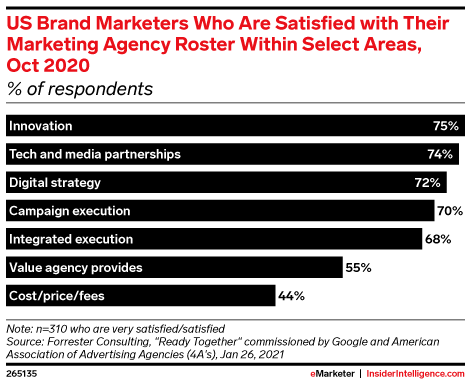
It’s true digital has taken over a lot of our lives. Whether it’s the all-knowing computers we carry in our pockets, backup cams on our cars, or the way many of us have been doing our jobs for the last year+, digital is clearly integrated in our lives. But when it comes to marketing, digital hasn’t run off the other ways of connecting with customers.
People assumed that digital would take over all media. And, while digital is important, other media is required to meet business objectives. We’re increasingly seeing direct mail, both as a way to cut through the digital clutter and as a response to more people being home over the last 18 months. And businesses aren’t immune to that tactic either; for example, here at Pluris we receive DirectTV and Google Ad Words DM pieces quarterly. This suggests that they’ve tested their tactics and determined that the audiences are big enough and they still want to use DM to supplement online. Direct Mail is meeting a need businesses are not getting through digital promotion.
Campaign measurement, execution, and feedback loops are critical across all marketing tactics. Brands are remiss in ignoring traditional media altogether. Traditional media – print, direct mail, TV, etc. – existed, and suddenly digital comes around and we assume it’s significantly more measurable – but it had its own challenges.
In general, trying to get data out of your marketing is becoming increasingly difficult. Programmatic and display remain the most expensive tactics; while search continues to yield the best return on investment. Digital media, while often yields lower cost per units, the marketing expense, and implementation time and costs must be a consideration. The question remains: is the Digital ROI really that much better than TV, radio, and direct mail? Or, has the market become efficient where the pricing levels of digital have diminished returns so that other media is a better investment?
The biggest learning is that you’re seeing more digital businesses go more mainstream in advertising. For example, Simply Safe has become the largest direct mail advertiser in the home security space and you increasingly see their advertising on television. Think about how many other “digital” brands are appearing in your mailbox or on TV. It’s quite a few and it’s an interesting offset to digital, which is often considered table stakes.
Innovation matters, whether you’re prioritizing it in-house or working with an agency. Online, the amount of advertising is inundating people; and people are just ignoring it. Therefore, our approach as marketers has to be salient.
The influx of digital business – and, therefore, digital advertising – during the pandemic shutdowns made sense while customers were in isolation. Now as many people are returning to work and school, segmentation has more challenges. For example, household segmentations are hard because the household is nontraditionally composed. People who graduated in 2020 are not in the job market and have thus slowed in creating new households. Young grads are generally a target who is purchasing new/incremental belongings and services as they launch into adulthood. Due to the slowing of new households, that part of the marketplace is shrinking as this segment may be living in bigger clusters, living at home with mom and dad, etc. Further driving lower demand, housing prices have increased and vacancy rates are higher in some cities, resulting in a decreased demand for services. The demand for services is evolving and changing.
If the segments are effectively shrinking due to different configurations, how do you get the volume of your share that you had before but now from a smaller pie? That is the question we’re seeing among many of our clients.
So the question is, is it a marketing problem or a product innovation problem? The answer is both. As a marketer you’ll have to change your offer, your messaging, your pricing, etc. It’s time to readjust what worked when 100% of the universe was available and now maybe 80% of the universe is available – you have to be more aggressive with offers, manage leads more efficiently, and tailor the benefits of your solution to each segment’s needs. Solving these problems can be expensive and takes effort to implement. Additionally, by taking these steps there is inherent risk, as you’re not going to be 100% sure of the return due to the vast amount of unknowns about your universe.
Maintaining volume share requires taking a holistic approach to understanding how your traditional channels are working in support of digital, as well as how trends in-store are shifting. Furthermore, you must test across multiple channels – including digital and traditional channels – to best understand how your plan is working.
Remember, your audience and platforms are dynamic therefore your comprehensive marketing approach, including all tactics and testing must be as well.



